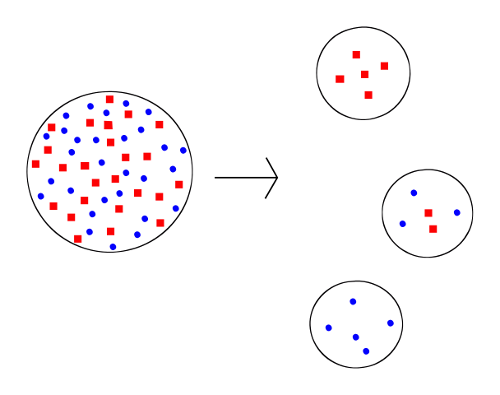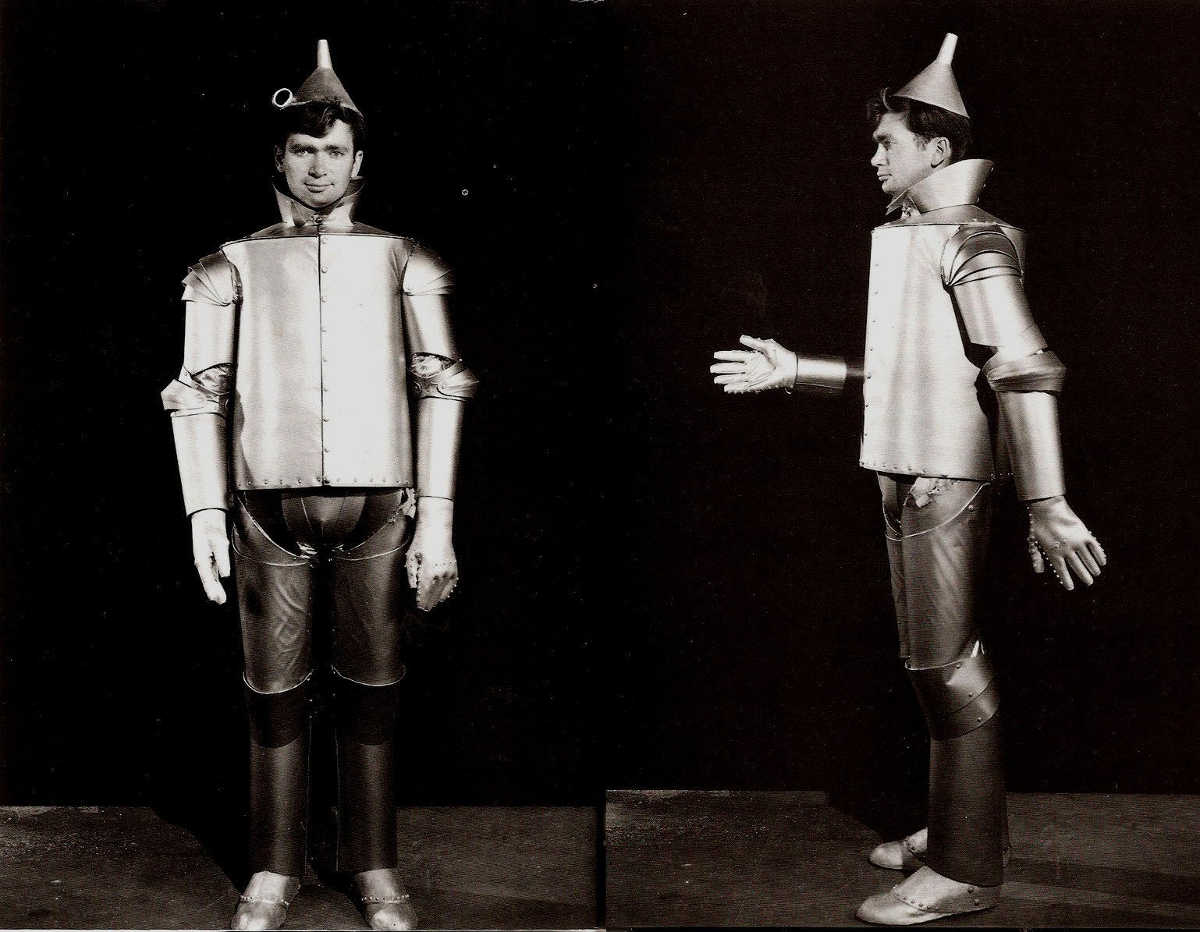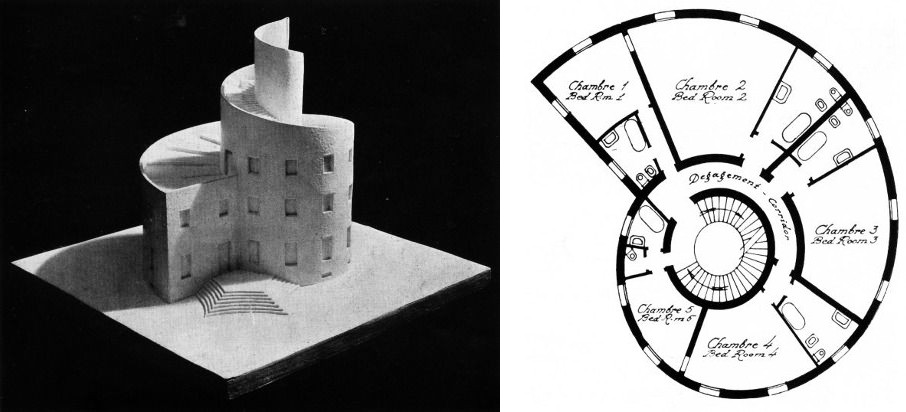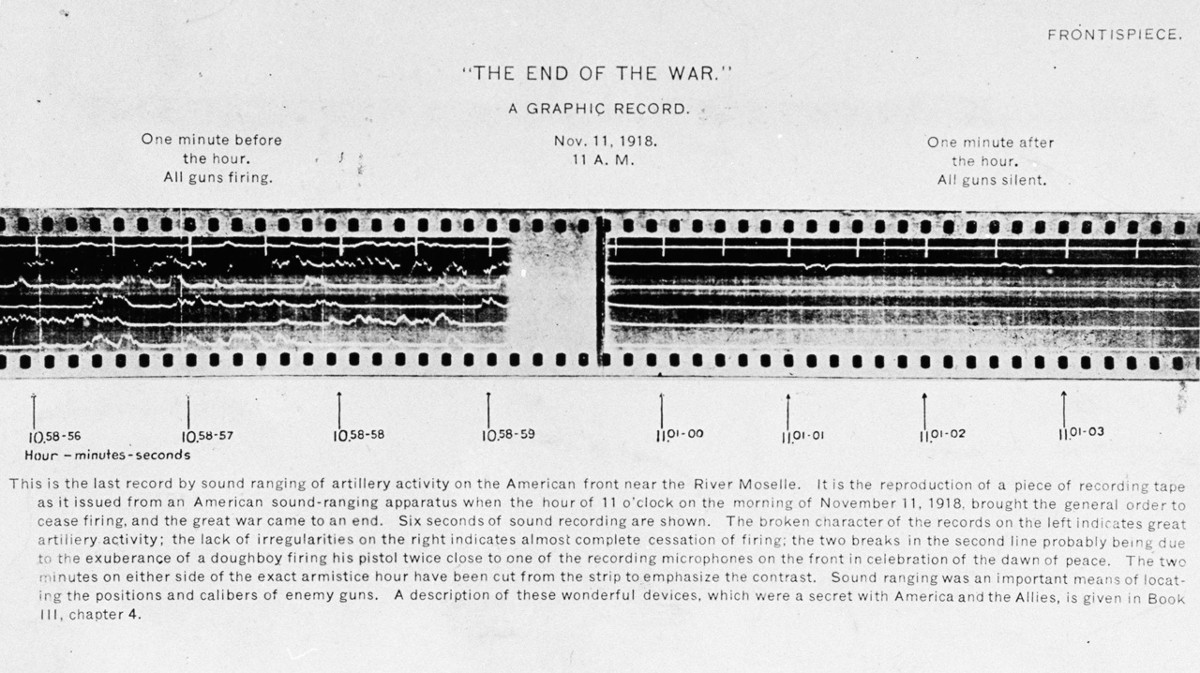
The population on the left has equal numbers of blue and red individuals. But if it colonized a new area using a very small number of individuals, one color or the other might predominate, with sometimes dramatic effects.
The Afrikaner population of South Africa is descended primarily from one shipload of immigrants that landed in 1652. One of these colonists carried the gene for Huntington’s disease, an autosomal dominant disease that causes a fatal breakdown of nerve cells in the brain. Most cases of the disease in the modern Afrikaner population can be traced to that individual.
Another condition, lipoid proteinosis, has been traced to Jacob Cloete, a German immigrant to the Cape in 1652. His great-grandson, Gerrit Cloete, migrated to Namaqualand in 1742. The area is somewhat isolated, so intermarriages were relatively common, compounding the effect.
(Thanks, Matt.)







